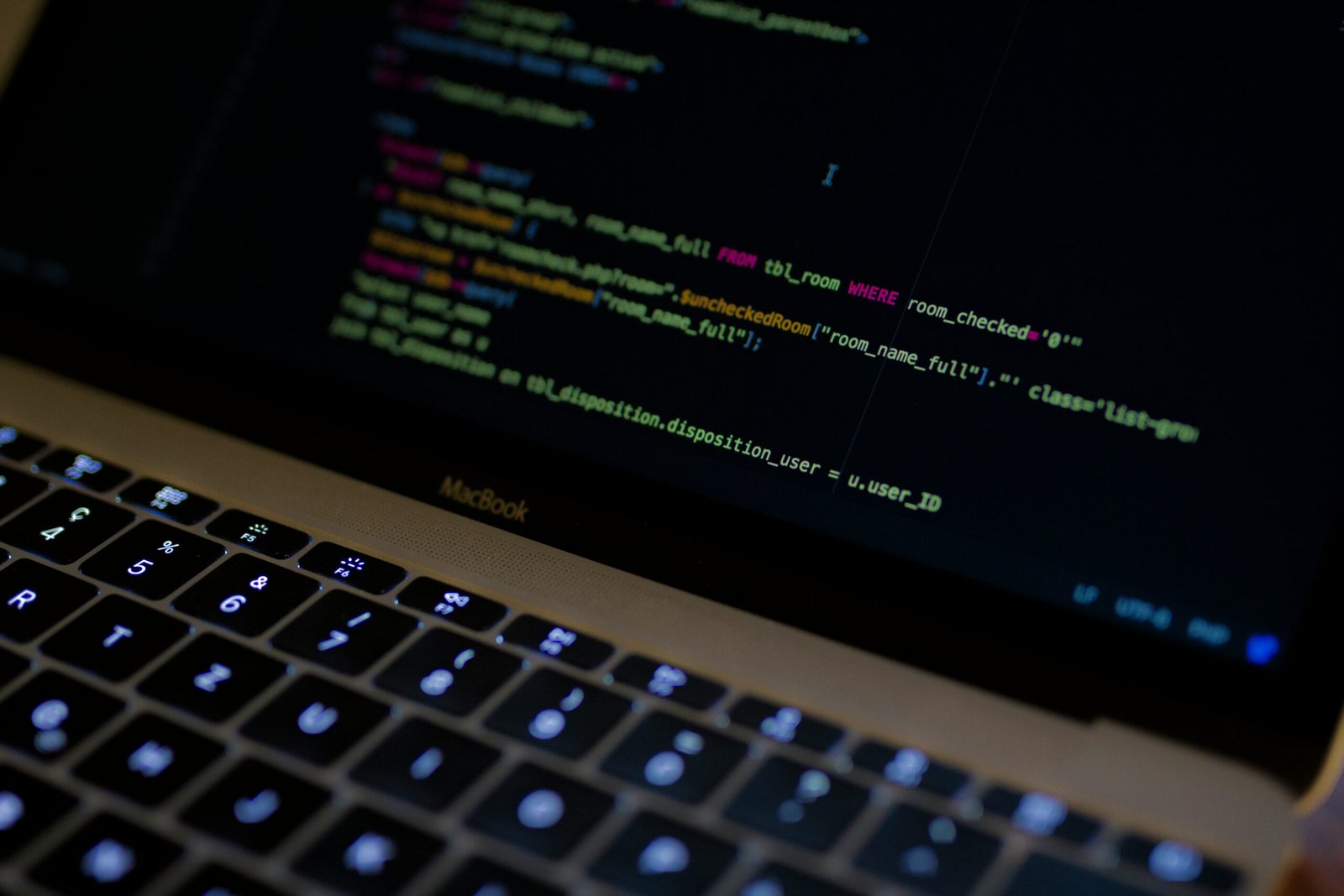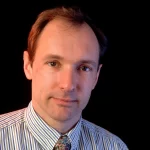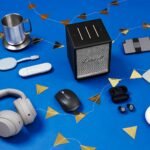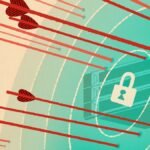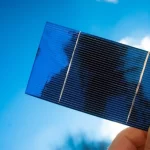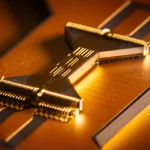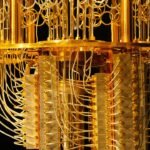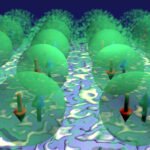A new type of quantum bit in semiconductor nanostructures
A breakthrough in quantum computing has been achieved by a German-Chinese research team, who successfully created a quantum bit (qubit) in a semiconductor nanostructure. Quantum bits are essential for quantum computing, and the researchers were able to create a superposition state in a tiny area of the semiconductor called a quantum dot. In this superposition state, an electron hole simultaneously possessed two different energy levels.
Creating such superposition states typically requires a large-scale free-electron laser emitting light in the terahertz range. However, the team managed to achieve this with two finely tuned short-wavelength optical laser pulses, which coherently drove the radiative Auger process. The process involved exciting an electron-hole pair with one laser and then elevating one of the holes to higher energy states with the second laser.
By using finely tuned laser pulses, the researchers were able to create a superposition between the hole’s ground state and the higher energy state, allowing the hole to exist in both states simultaneously. This is a fundamental characteristic of quantum bits, enabling them to exist not only in the traditional “0” and “1” states but also in superpositions of both.
The high-purity semiconductor samples used in the experiment were produced at Ruhr University Bochum under the supervision of Dr. Arne Ludwig at the Chair for Applied Solid State Physics. These samples facilitated the performance of the experiments carried out by the Chinese partners, Jun-Yong Yan and Feng Liu, from Zhejiang University in Hangzhou.
The findings open new possibilities for quantum computing, as they demonstrate the feasibility of creating qubits in semiconductor nanostructures using optical laser pulses, rather than requiring large-scale free-electron lasers. The research was published in the journal “Nature Nanotechnology”.



